History is one of those things that gives you context, especially in the field of autistic endeavour. How can you know where you're going? If you don't know where you have been? That's why it's always good for a landscape photographer to have a broad knowledge of the craft and where it has come from and that is why we're going to take a look at a brief history of landscape photography.
If you’re into landscapes, then sooner or later, the history of landscape photography is something that is going to take your interest as the evolution of the craft becomes relevant to your own style.
Landscapes have fascinated humanity since way before photography and the painting tradition is good evidence of that. In earlier times, photography was pretty limited in terms of technology, so landscapes were the perfect subject for the new discipline in the nineteenth century since it was almost static. Let’s jump in and see how it all evolved.
The Birth of Landscape Photography
When understanding the history of landscape photography, it is hard to trace the exact origin of landscape photography since the very first photograph that we have knowledge of was taken in an urban landscape during 1826 or 1827 by the French inventor Nicéphore Niépce. Then in 1835 the English scientist Henry Fox Talbot came into play with various photography innovations.
Landscape photography was delivering something that only painting was capable of doing until that time – rendering reality in a two-dimensional format.
A lot of landscape images and portraits were taken during the Victorian era of photography, but it was in 1904 when Edward Steichen produced a photograph known as Moonlight: The Pond that landscape photography gained certain recognition in the art world.
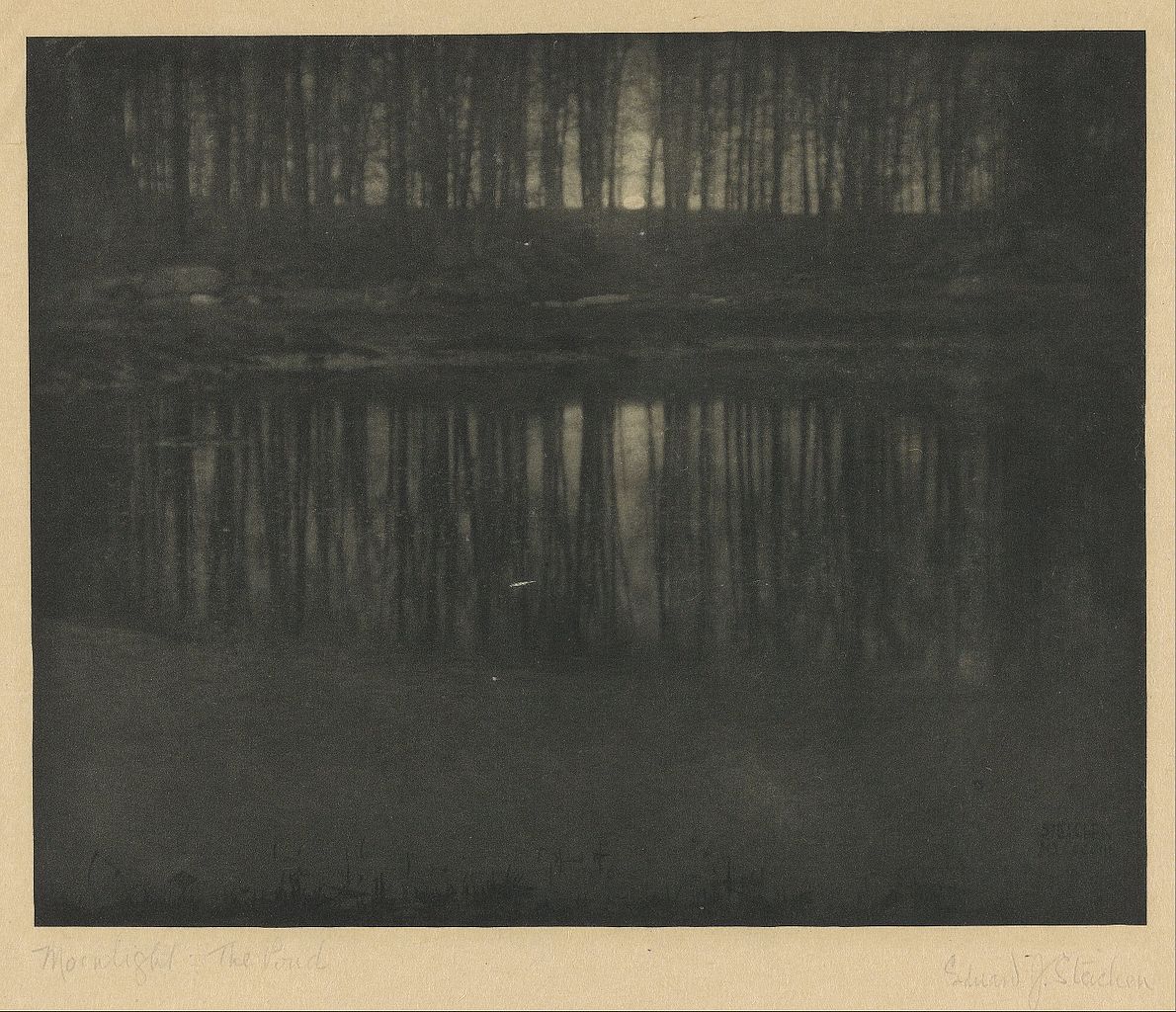
The First Pioneers of Landscape Photography
It is almost impossible to talk about the history of landscape photography without instantly thinking about certain photographers, these are the pioneers of Landscape photography. Their images aimed to render reality in the purest possible way, and since photography’s footprint was still little, they had plenty of landscapes to photograph, especially in the U.S.
The American West was from where some of the most inspirational photographs in history were made especially the Yellowstone region.
Carleton Watkins (1829–1916)
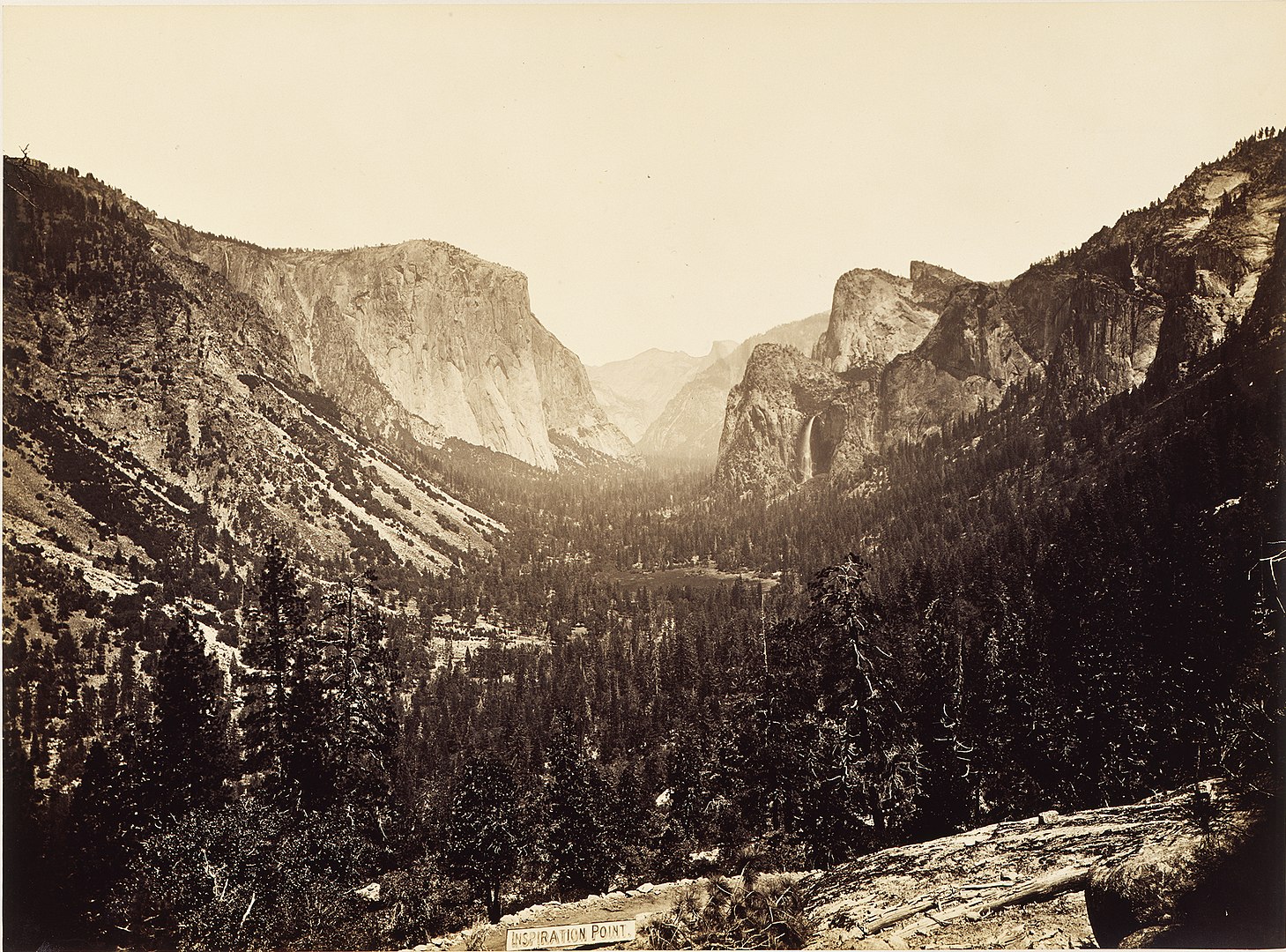
Carleton Watkins is a true pioneer of landscape photography. He is an American photographer who is best known for his amazing photographs of the Yosemite Valley. To capture the extraordinary detail of the breathtaking landscape, Watkins famously packed up his mammoth-plate camera, which used 18X22 inch glass plates, tripods, and tents on mules and trekked through the Valley, returning with 30 mammoth-plate negatives that went on to kick off the National Park movement in the US.
Watkins was also hired by the California State Geological Survey as their official photographer where his team made a large number of photographs that held information about California. The images of Yosemite produced by Watkins were among the first images to be seen of the Yosemite Valley in the Eastern US, caused a stir in the US Congress and these amazing images were, as such, fundamental in convincing the congress and ensuring that Yosemite was preserved as a National Park.
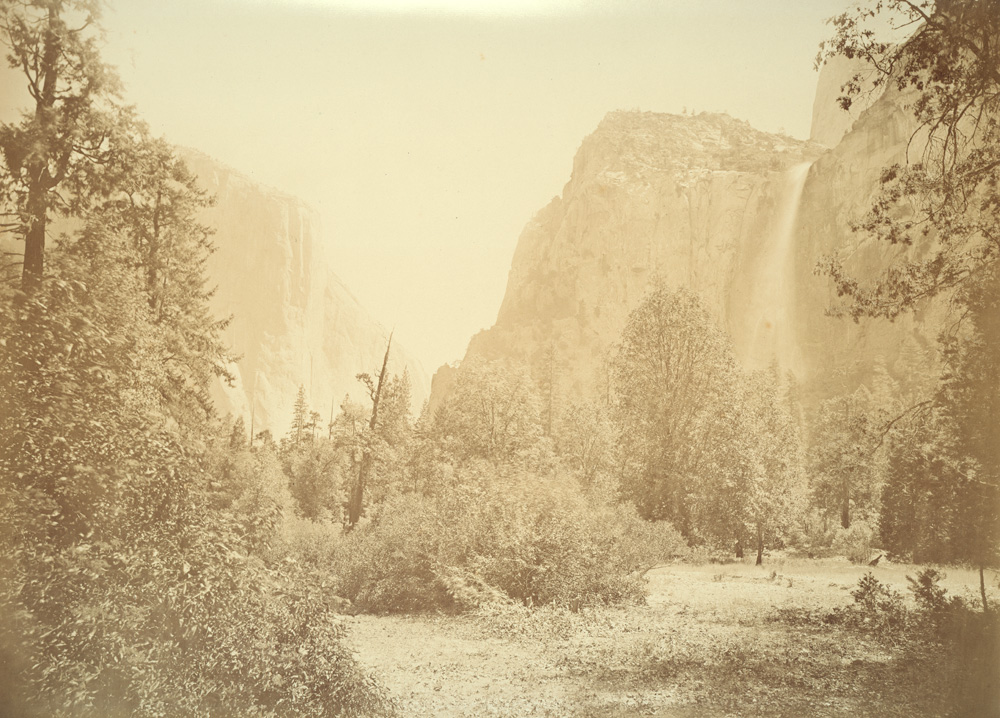
William Henry Jackson (1843 – 1942)
William Henry Jackson is famous for his images from the American West and he was a painter, geological survey photographer and explorer. When Jackson served in the Union Army, he spent most of his free time doing drawings. In 1866, Jackson travelled to the West and along with his brother Edward Jackson, settled down in Omaha and got into the photography business.
Jackson worked for Union Pacific in 1869 where his job was to document sceneries along various railroad routes which were to be used for promotional purpose. Ferdinand Hayden discovered Jackson's work and asked Jackson to join one of their expeditions to Yellowstone river region.
The next year, Jackson was invited to join the US Government survey of the Yellowstone river and rocky mountains that was led by Ferdinand Hayden. He was also a member of the Hayden Geological survey of 1871 and he along with other members of the expedition documenting the Yellowstone region played an important role in convincing the congress to establish the Yellowstone National Park in March 1872, which was the first national park in the US.
One of Jackson's most important photo is the “Mountain of the Holy Cross” in Colorado.
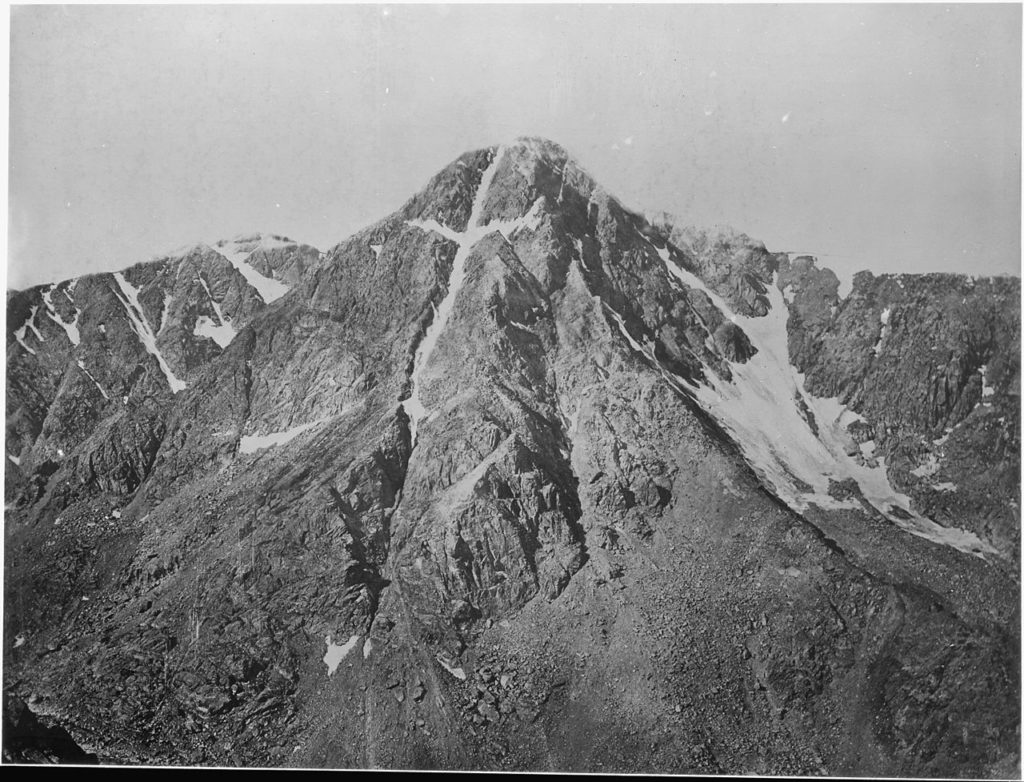
Peter Henry Emerson (1856 – 1936)
Peter Henry Emerson was a British writer and photographer who argued about the purpose and meaning of photography. He argued that photography was a form of art and not something that was done for scientific or technical reasons. Inspired by the naturalistic French paintings, Emerson started to photograph country life as naturalistic photography. He got his first album of photographs published in 1856 called the “Life and Landscape on the Norfolk Broads.”
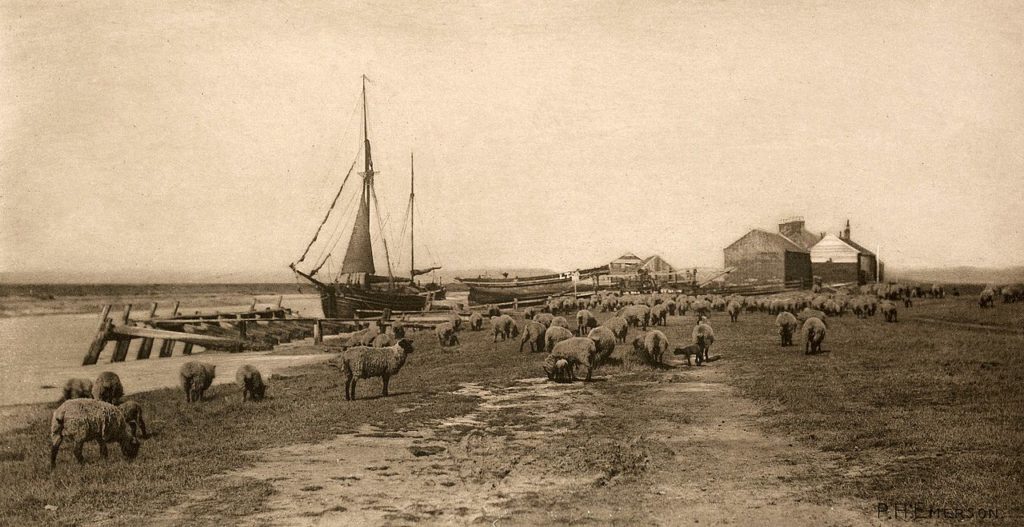
Emerson further went on to photograph the landscapes and rural lives in the East Anglian fenlands and published further books of his photography. “Marsh Leaves” published in 1895 was considered to be his best work.
Ansel Adams (1902 – 1984)
Ansel Adams is without a doubt the almighty master of landscape photography and in any history of landscape photography, he is king.
He dedicated his life to photography and understood the importance of being passionate during the whole photographic process. He was an extremely avid explorer, and several national parks in the United States arguably owe their existence to his activism realized through his photographic work.
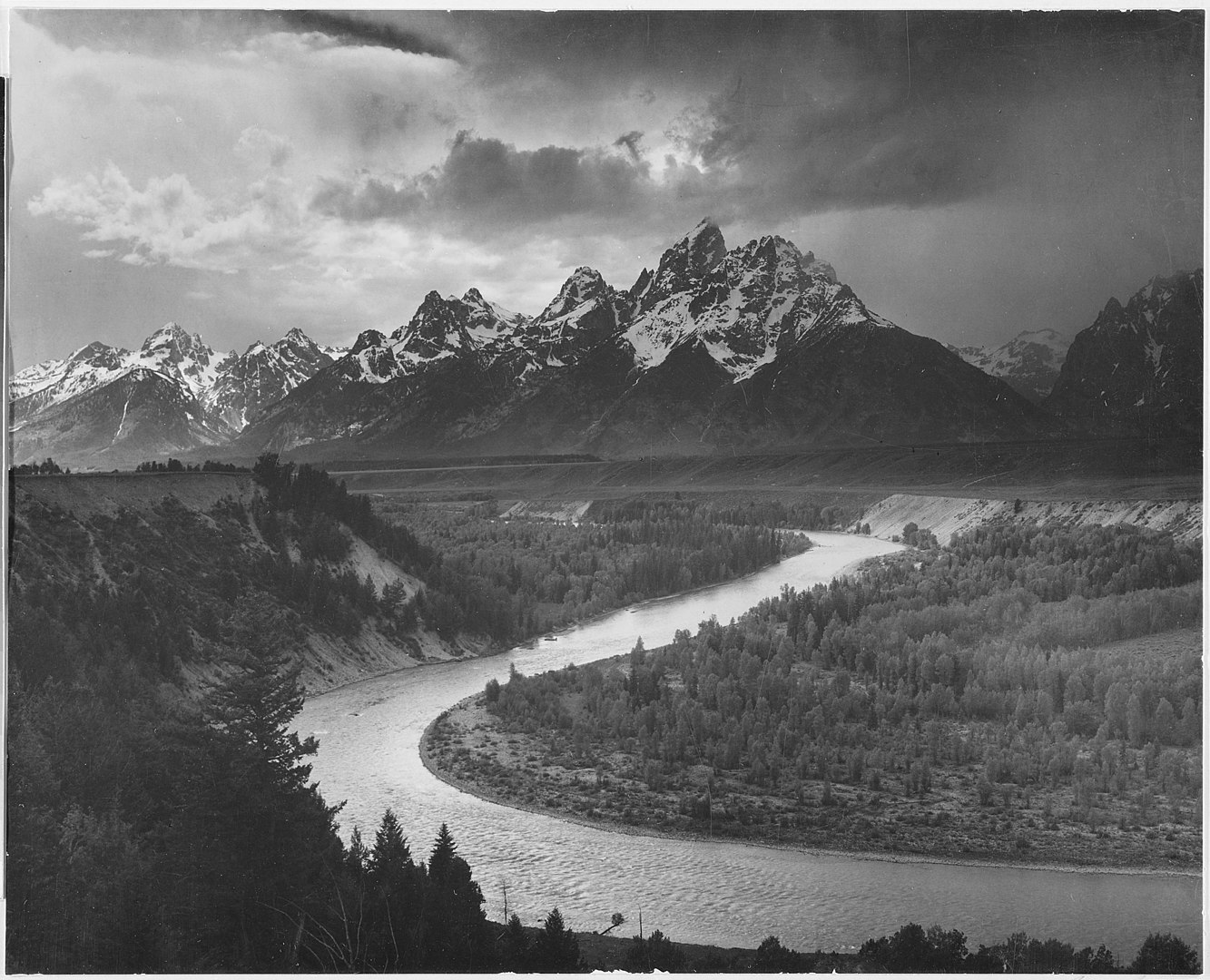
Ansel Adams is known for planning his images with extreme care and passion, and he also mastered the act of using a camera, developing the negative and printing the final image.
His photographs are mind blowing thanks to the level of definition. His landscape photographs of the Yosemite National Park have been his most iconic and well-known body of work.
If you aren't familiar with Ansel Adams work, you can see some of his images here, but the experience of seeing one of his prints live is just out of this world.
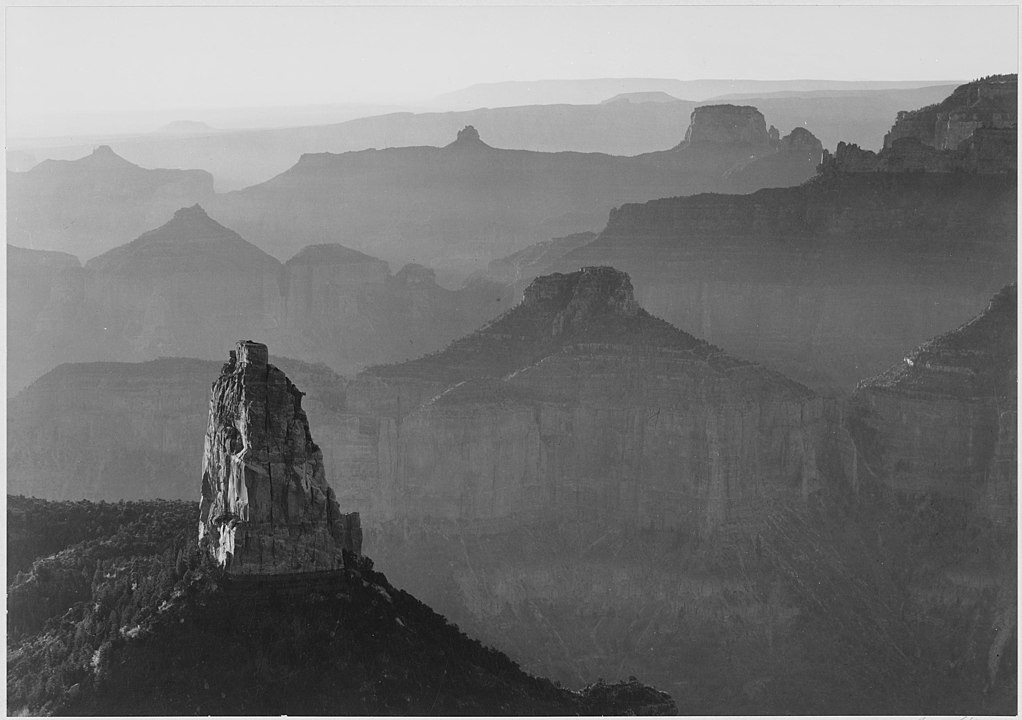
Imogen Cunningham (1883 – 1976)
Imogen Cunningham was not just an amazingly talented landscape photographer, she was also very good with portraiture and was a very close friend of Ansel Adams. She was a member of the famous photography cohort, the f/64 Group. This group aimed to achieve perfection in every single photograph they made, from still-lifes to huge landscapes, and the cameras they used were able to get those extra light stops beyond f/22.
She worked with several subjects, but her landscapes are quite a delight to see.
Edward Weston (1886 – 1958)
Edward Weston was known for working with various subjects and was one of the most innovative and influential photographers of the twentieth century. The most remarkable thing in his work was the consistency he had across various subjects. From landscapes to still-life, there was an absolutely impressive level of detail and light handling.
He was another member of the f/64 group, and you can see many of his works here.
The Second Pioneers of Landscape Photography
Landscape photography is not just about members of the f/64 Group, even when they did basically everything possible with landscape photography. There are a few great landscape photographers that have redefined what means to create a landscape, and we think is important to mention them as well.
Michael Kenna (1953 – )
Michael Kenna has redefined what landscape photography means by aiming his attention (and camera) towards the simple and isolated elements that reside within a landscape. He has a close relationship with Japanese culture, and his unusual approach to landscapes result in subtle and zen compositions enhanced by his exposing decisions that can take up to 10 hours. His work can be seen on his personal website.
Hiroshi Sugimoto (1948 – )
Hiroshi Sugimoto is one of the finest photographers alive today, and if Kenna's landscapes are minimal, Sugimoto's are even simpler yet compelling in their own way. He has worked with a lot of subjects, but his seascapes are definitely something that needs to be seen. Long exposures are a must in landscape photography, but Sugimoto takes it to the next level.
Luigi Ghirri (1943 – 1992)
Luigi Ghirri was an Italian photographer famous for being a pioneer, not only in landscape photography but also in the format he used, because he was a color shooter, which was a brave move back in the days when black and white photography was just starting to get some recognition from the art world. His use of color evokes subtle emotions and human engagement with their surroundings.
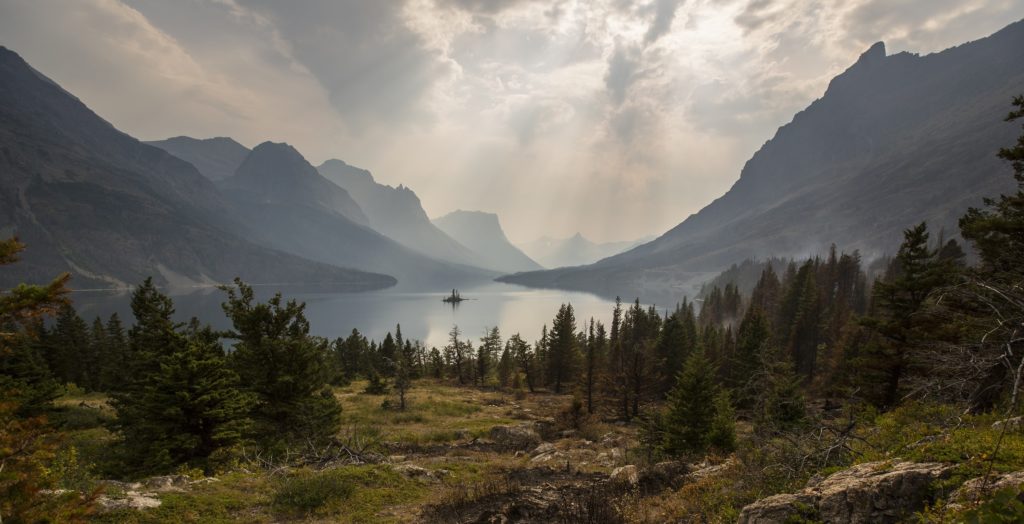
How Landscape Photography Gear Has Evolved
Landscape photography is indeed one of the oldest genres in photography, so any discussion on the history of landscape photography should include a look at the cameras themselves. Indeed, it is no surprise that landscape photography has had a strong relationship with the evolution of the photographic tools as well.
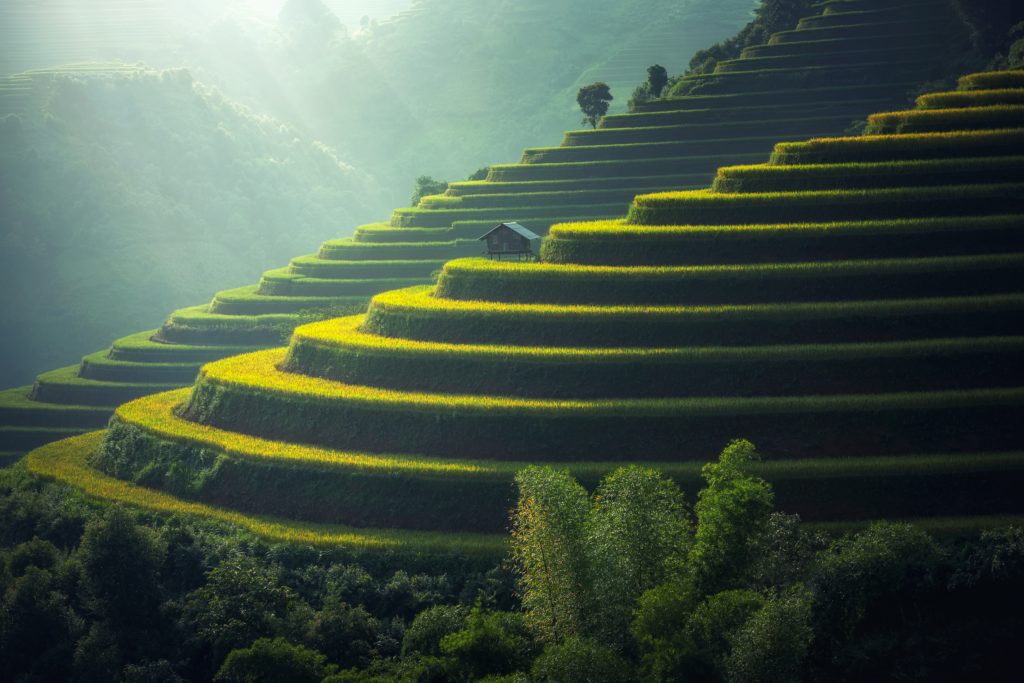
The first cameras used for landscapes were simple wooden boxes with a photosensitive material coating a plate. After some photographic innovation, view cameras became possible. These cameras are also known as large format cameras and are precision devices built to capture reality in a way no other camera can. Many landscape photographers still use these types of cameras.
Later, things got smaller and lighter, and medium format cameras appeared. After a while, 35mm film cameras also came into the game, and along with medium format and large format, they have all kept a warm relationship with landscape photography.
In recent years, digital cameras have become the standard, and full-frame DSLR cameras have become the favorite of many landscape photographers. More recently, medium format has become more accessible in the market, and it will offer a vast world of opportunities to landscape photographers who are looking for even more detail and perfection in their images.
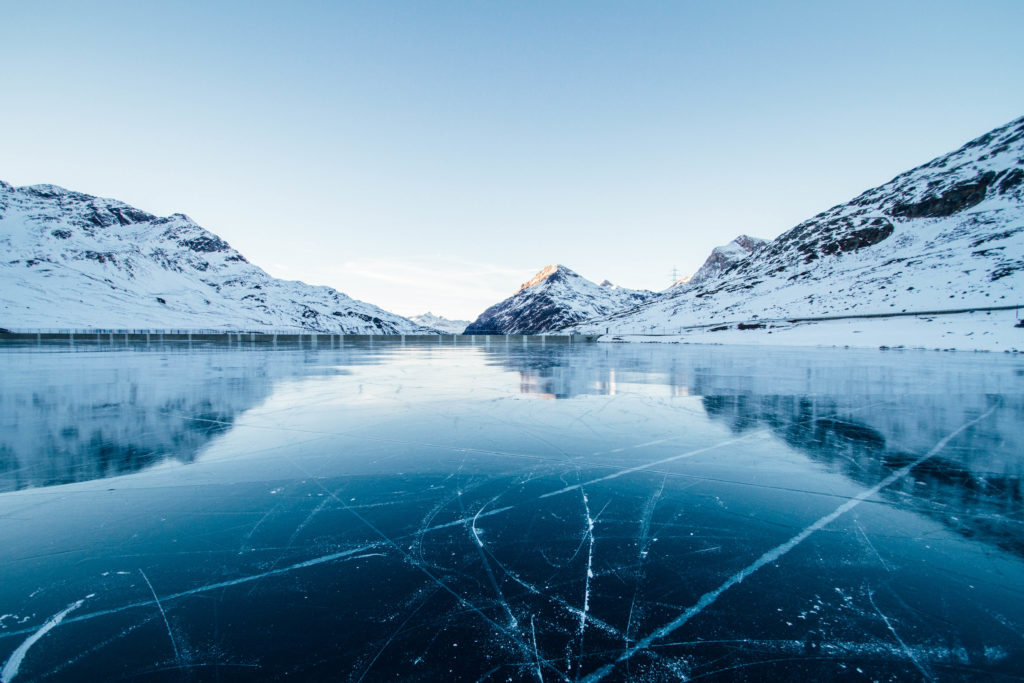
As the digital photography era progresses, the accessibility of amazing technology increases. These days, the most common landscape camera is a smartphone (by far). And while the technology isn’t there quite yet, it isn’t difficult to envision a time when almost everybody has a camera in their pocket that the landscape photography greats could only dream of. Then, of course, they will all need to learn how to use them well to create our own history of landscape photography.
Further Resources:
- Famous Landscape Photographers
- A History of Photography And How It Shaped The World
- 12 Hugely Important Moments in the History of Photography
- How Photography Changed The World: Here The Proof
- Landscape Photography: Short History and Tips
- A Brief history of Landscape Photography
- 10 Photographers You Need To Watch If You Love Simple Landscapes




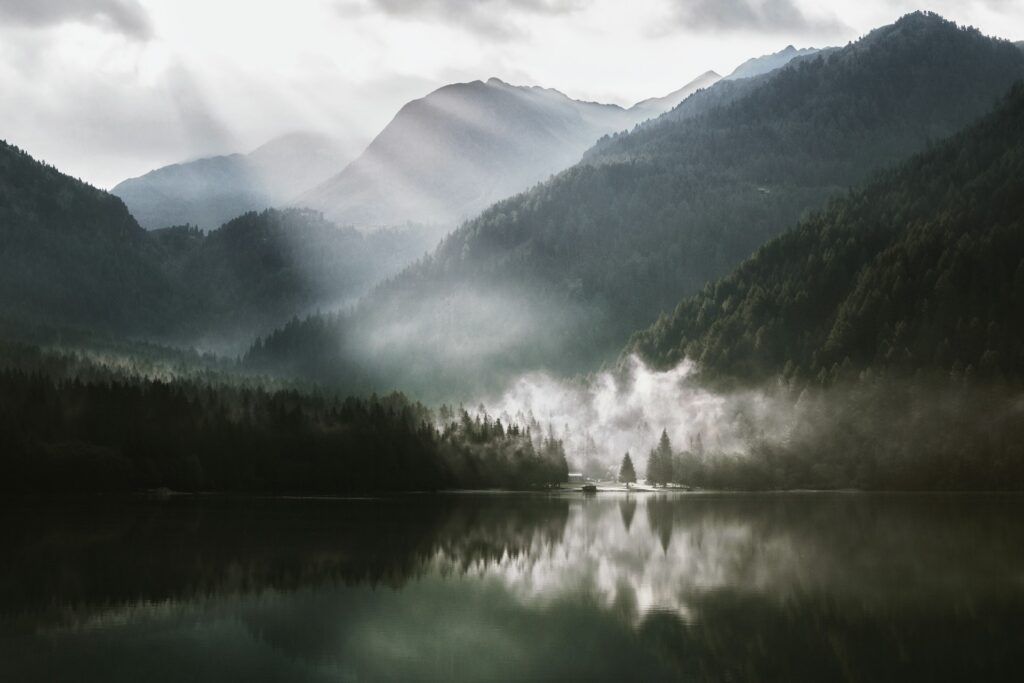


2 Comments
“Then in 1935 the English scientist Henry Fox Talbot came into play with various photography innovations.” You mean 1835 right? 🙂
Thank you and fixed! 🙂